Perdition’s Mouth is a cooperative dark fantasy adventure game. The creators urgently needed a soundtrack for their trailer ahead of a Kickstarter campaign. Best of luck with the campaign!
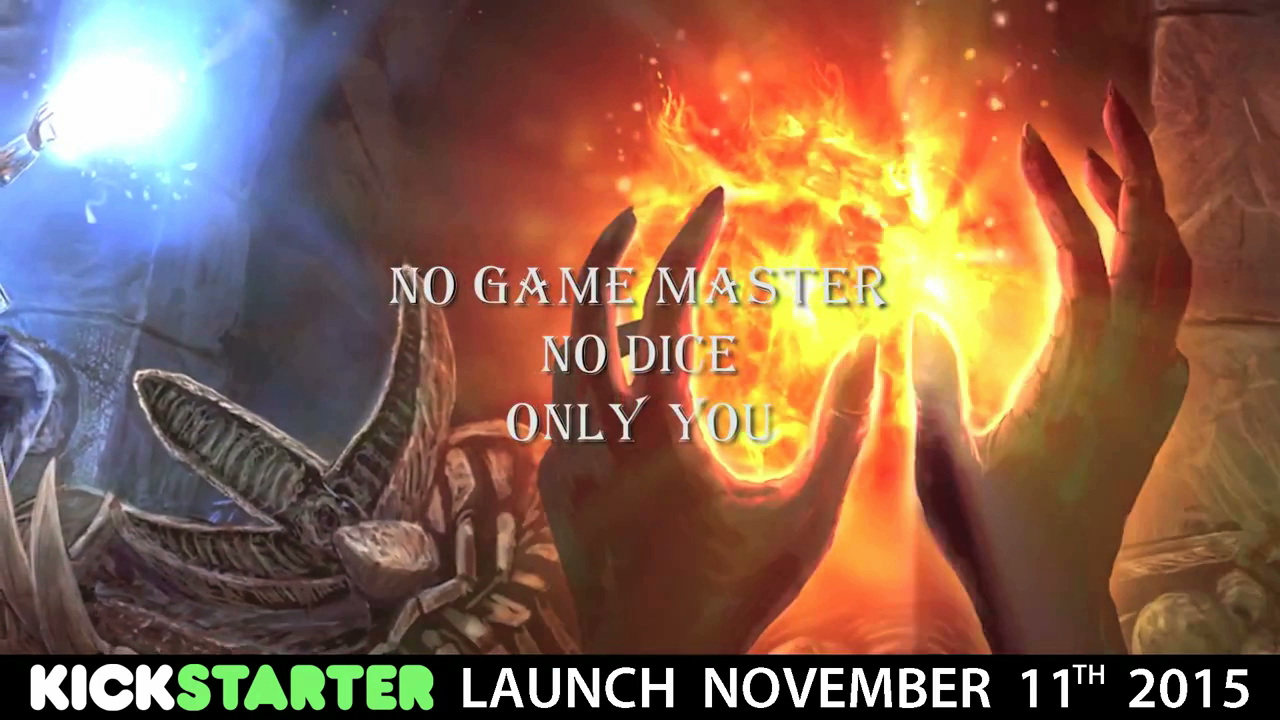
As a sound designer I’m able to provide such services as post processing, audio production and audio engineering or I’m able to take part in productions as the sound engineer, sound technician or production designer.

Perdition’s Mouth is a cooperative dark fantasy adventure game. The creators urgently needed a soundtrack for their trailer ahead of a Kickstarter campaign. Best of luck with the campaign!
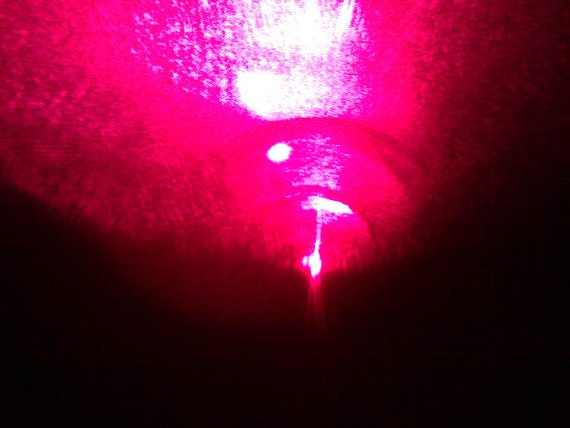
The installation gives aural and visual form to human cycles, intimately highlighting menstrual pain (dysmenorrhea) through sound. It sonifies the orbital interactions between Earth, Moon, and Sun, translating their gravitational effects into an immersive experience that reflects our connection to these celestial bodies.
Presented at the Cycles group exhibition during Helsinki’s AAVE audiovisual arts festival, the work features four LED strips and a four-channel audio system. The Sun and Moon are represented as rotating sound sources around the visitor, while a heart rate sensor invites direct audience participation.
The installation’s sound cycle lasts about 50 minutes—equivalent to roughly two years—chosen because the Sun and Moon return to similar positions at the cycle’s start and end. Sounds of pain randomly occur every 1–2 minutes, synchronized with pulsing and fading LED lights.
The Sun’s sound is a higher octave of its roughly 11-year activity cycle, rendered as a low, continuous tone. The Moon’s sound derives from the Saros cycle (about 18 years), producing higher, pulsating tones with pulse lengths representing thousandths of a month. The relative amplitudes of the Sun and Moon sounds correspond to their respective tidal forces.
Audience interaction occurs via a pulse sensor mounted on a pole at the room’s center, indicated by a green light. A red LED beside it pulses with the visitor’s detected heart rate when contact pressure is optimal. After detecting six sequential pulses, the installation plays a real heartbeat sound, connecting personal rhythm to the cosmic cycles.
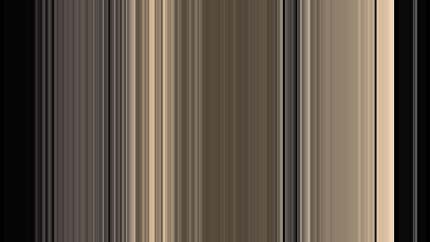
The rings of Saturn resemble a spectrogram, which inspired this experimental sonification of space.
An authentic image of Saturn’s rings was used as a spectral source. A 1-pixel vertical slice of the image was extracted and separated into three color channels. The intensity values of each channel were mapped to the cutoff frequencies of resonant filters—effectively translating the visual data into sound.
Each color plane drives 256 simultaneous sound sources, spatially arranged across the stereo field to mirror their position in the image. Some variations use up to 1024 voices, creating rich, layered textures. Minor frequency offsets per color channel introduce a subtle chorus effect.
The result is an immersive soundscape—an audible interpretation of Saturn’s rings. Original lossless audio files are available on Freesound.
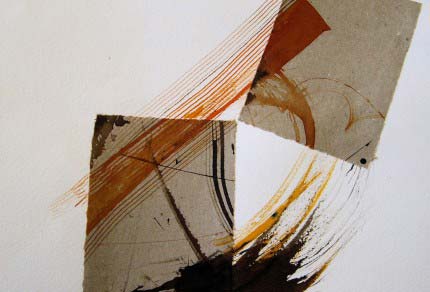
The three pieces in the Sounds of Calligraphy playlist continue from the SARANA performance at the Viiva & Viiru calligraphy group exhibition opening in Helsinki. They are generated in real time by analyzing the images across three color channels, with some oscillator waveforms derived directly from the image properties. Each channel uses 128 oscillators and filters, spatially positioned in the stereo field to precisely follow the visual forms. This results in a true sonic journey across the images.
The sonification was created using Max/MSP/Jitter. Special thanks to the Viiva & Viiru group for embracing this abstract approach.
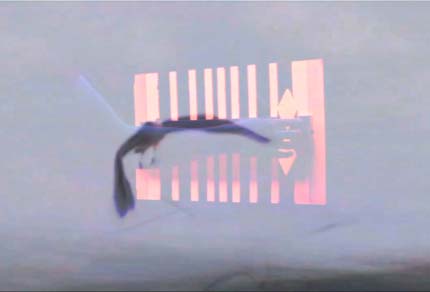
AMBIENT² translates the soundscape of Harakka Island in Helsinki into music through a computer-driven generative process. We are born into a familiar sound environment that becomes our baseline, making everything else seem strange or peculiar. This project is about reinterpretation—by rendering the same soundscape as music, it reveals unexpected and uncanny elements. Video of the interactive sound installation.
The music created by AMBIENT² does not conform to any traditional note system. Instead, it reconstructs the source material’s frequencies using synthetic instruments in a spectral musical framework. The result is a composition that never exactly repeats itself; the observed environment acts as the composer, generating its own unique tonal system. This music is not random but governed by its inherent rules.
Rooted in ambient aesthetics, the piece blurs the boundaries between ambient sound and ambient music, seamlessly merging the musical space with the surrounding world.
AMBIENT² was featured at the La-Bas Biennale 2012 and exhibited at the Sound Art Gallery Akusmata.